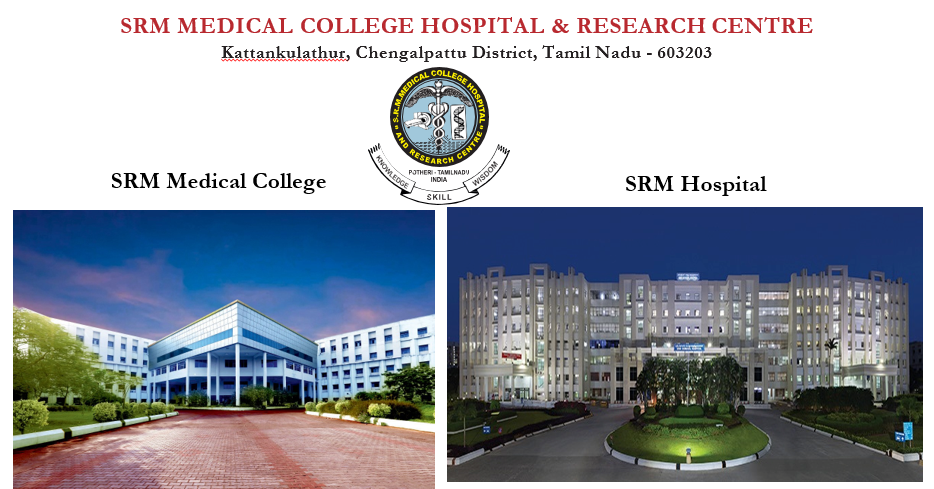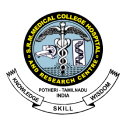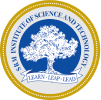
Co-ordinating Department: Department of Community Medicine including RHTC & UHTC
Staff Involved: 12 Faculty Members, 12 post graduates, 12 paramedical workers including 4 Medical social workers
The day began with an Inauguration event for the family adoption program at the lecture hall-I of the new building in the medical college. Dr. A. Sundaram, Dean, participated as a chief guest and stressed the importance of the family adoption program. He added that 5000 members and 1250 families were going to benefit from madampakkam and Kuthanur because of this programme. Dr. Leela, Vice principal, who also attended the event, insisted to the students that the National Medical Commission’s family adoption programme would be implemented this year and that the department of Community Medicine had meticulously planned and implemented it at the grassroot level, and that it would be a real boon to 1250 families in Madampakkam and kuttanur. Dr. M. Logaraj, Associate Dean, who spoke next, highlighted the importance of creating rapport with families and collecting socio-demographic details from the families.
Dr. V. V. Anantharaman, Head of the Department of Community Medicine, while introducing the students to the family adoption program, insisted that the family adoption program is mandatory for all the medical students pursuing medical studies across the country from this year onwards. He added that each student has to adopt five families and their well-being should be followed up until they complete their course in our college. Finally, Dr. Gowthaman, Senior Resident who co-ordinated the program, gave general instructions to be followed in the field
to all the students.
Before leaving for the field, the medical and non-medical staff and the 1st year medical students were divided into 12 groups. Each group consisted of a faculty member, a post-graduate student, a non-medical staff member, and 20–22 students. The students in each group were further divided into 10 to 11 pairs, with one Tamil speaking in each pair, in order to help the non-Tamil-speaking students to establish rapport and to collect socio-demographic data in the field.
The mapping work of Madampakkam and Kuthanur villages was done with the health inspectors one-month prior to the Family Adoption Programme and these two villages were divided into twelve clusters, with each cluster covering three to four streets and having 120 to 130 houses in them.
The field visit commenced around 9 am with 8 buses carrying the 250 students together with the faculty members, postgraduate students, and non-medical staff to Madampakkam and kuttanur, which is located 7 KM from our Medical College. The work in the field began with instruction from the faculty members in each groups. At the outset, the faculty member, post- graduate student, and paramedical worker accompanied them to each house to get acquainted with each family and to collect socio-demographic data from them. The faculty members facilitated the students to build a rapport with the family members of the targeted villages in order to collect demographic information. As it was the first day, each pair was able to complete work in 5 to 7 houses.
Challenges Encountered by the Entire Team:
As all the streets were narrow in the targeted villages, we could not take 8 buses to all streets. Therefore Bus dropped in a ground near madampakkam and we arranged 3 vans to take each group to the destined place
A few families did not allow the students to get into their houses while they were initiating rapport with them.
Some of the houses were locked during the visit by our students and staff as they have gone to work in the morning.
Overcoming Challenges:
Next time instead of buses, 12 vans should be arranged to take all group straight to the destination. Early field visit would facilitate us to see many families. The students and staff should create a conducive atmosphere, wherein the informant should come forward to share information required for our purpose.
Lesson Learnt:
Our students were able to build rapport with the families and collect information regarding their socio-demographic profiles The students were able to identify the health needs of the families.
After the field visit, till now 5 families had contacted their respective students for the hospital visit and students also accompanied with the patients for medical care.


